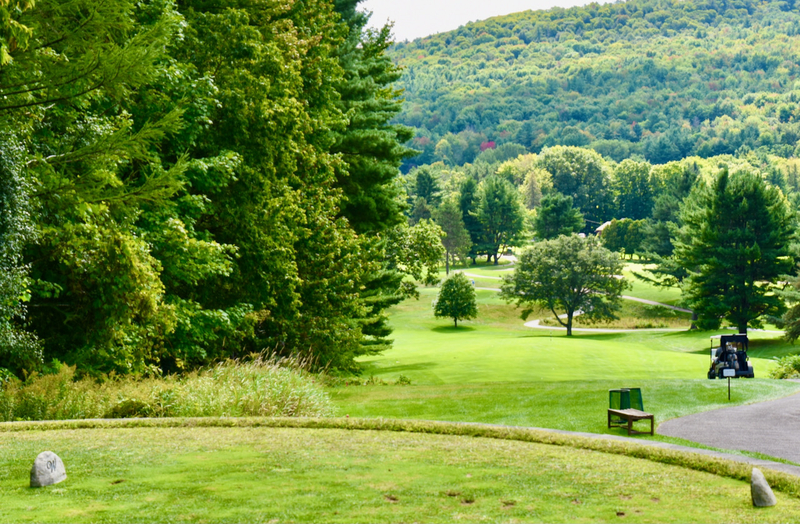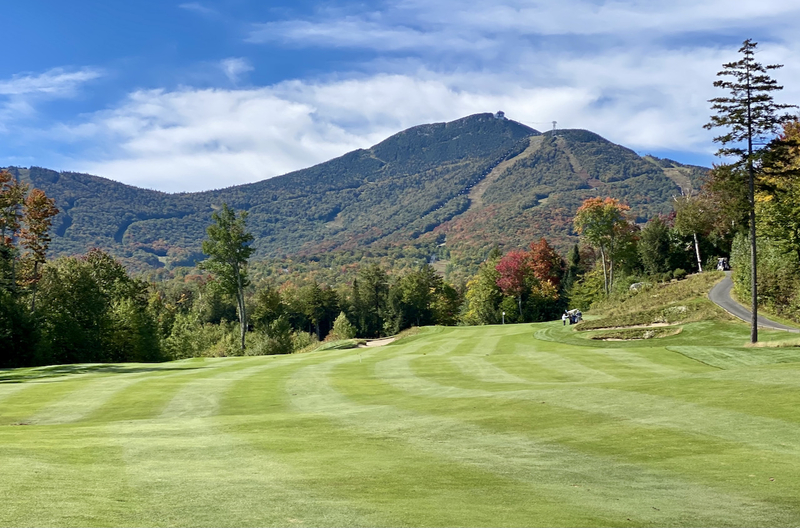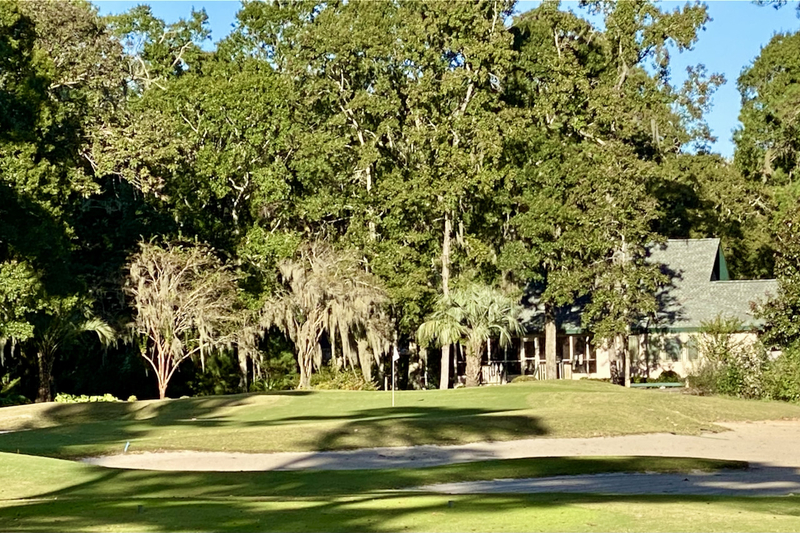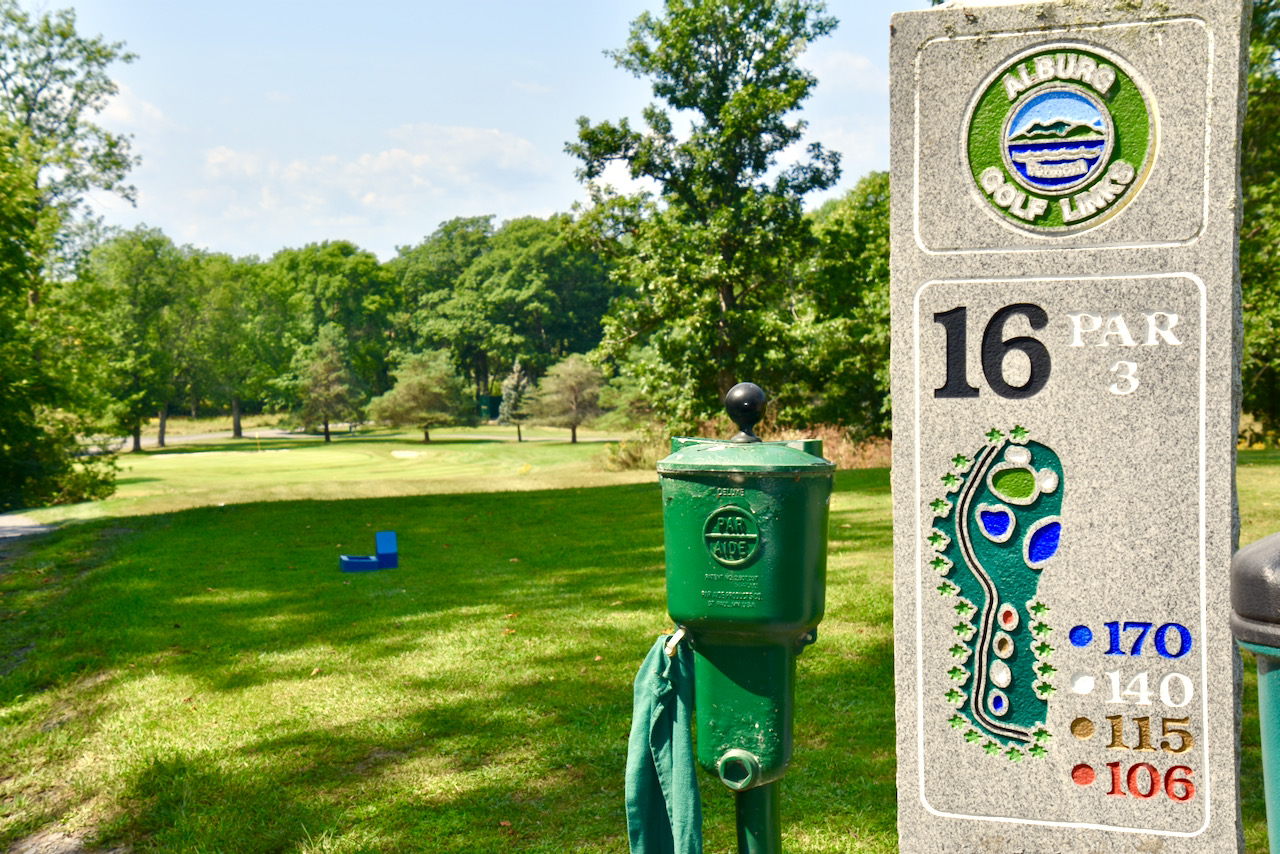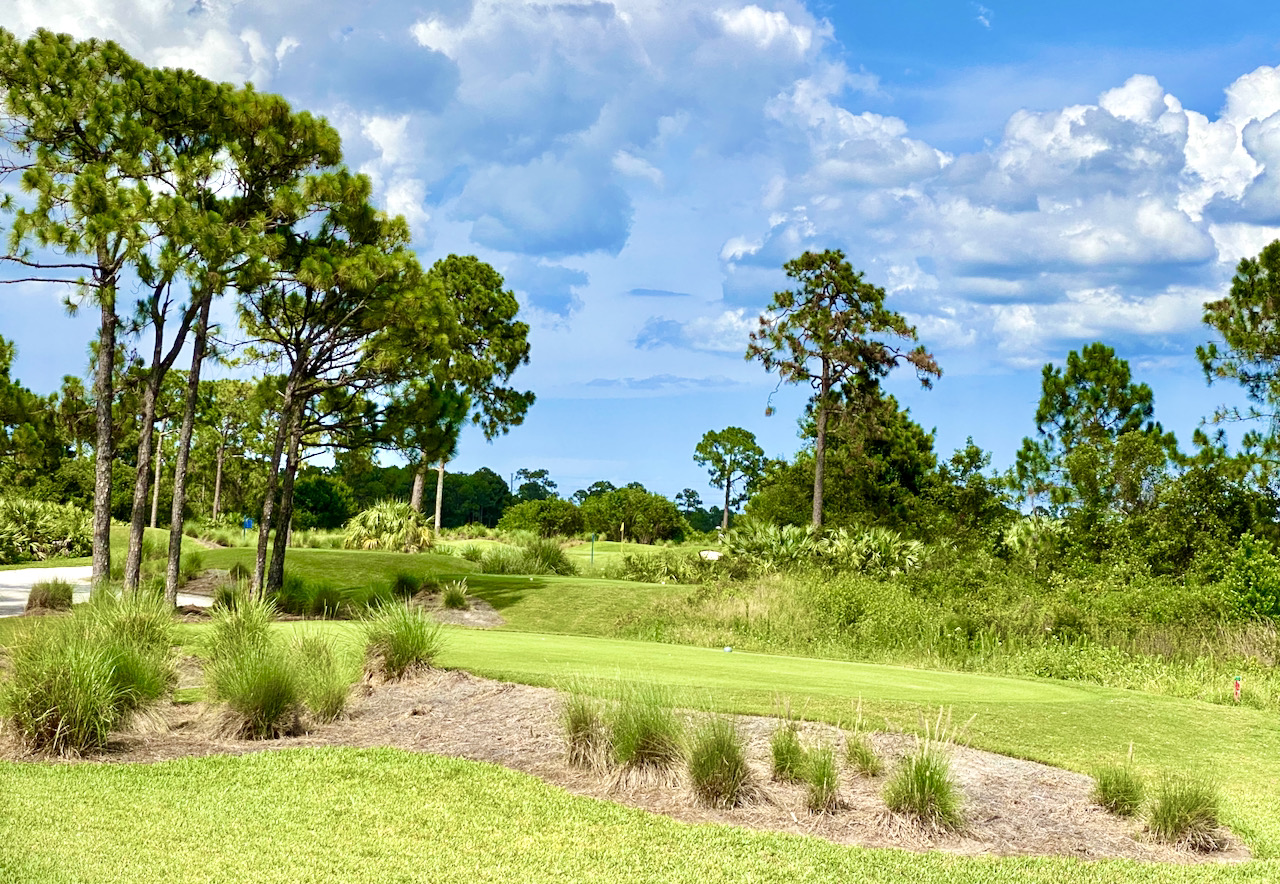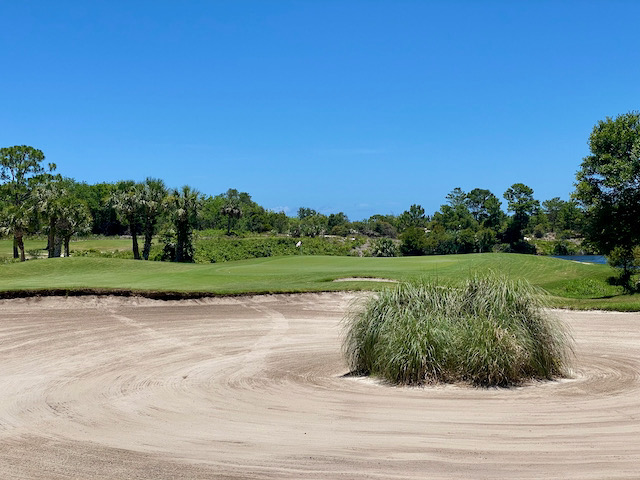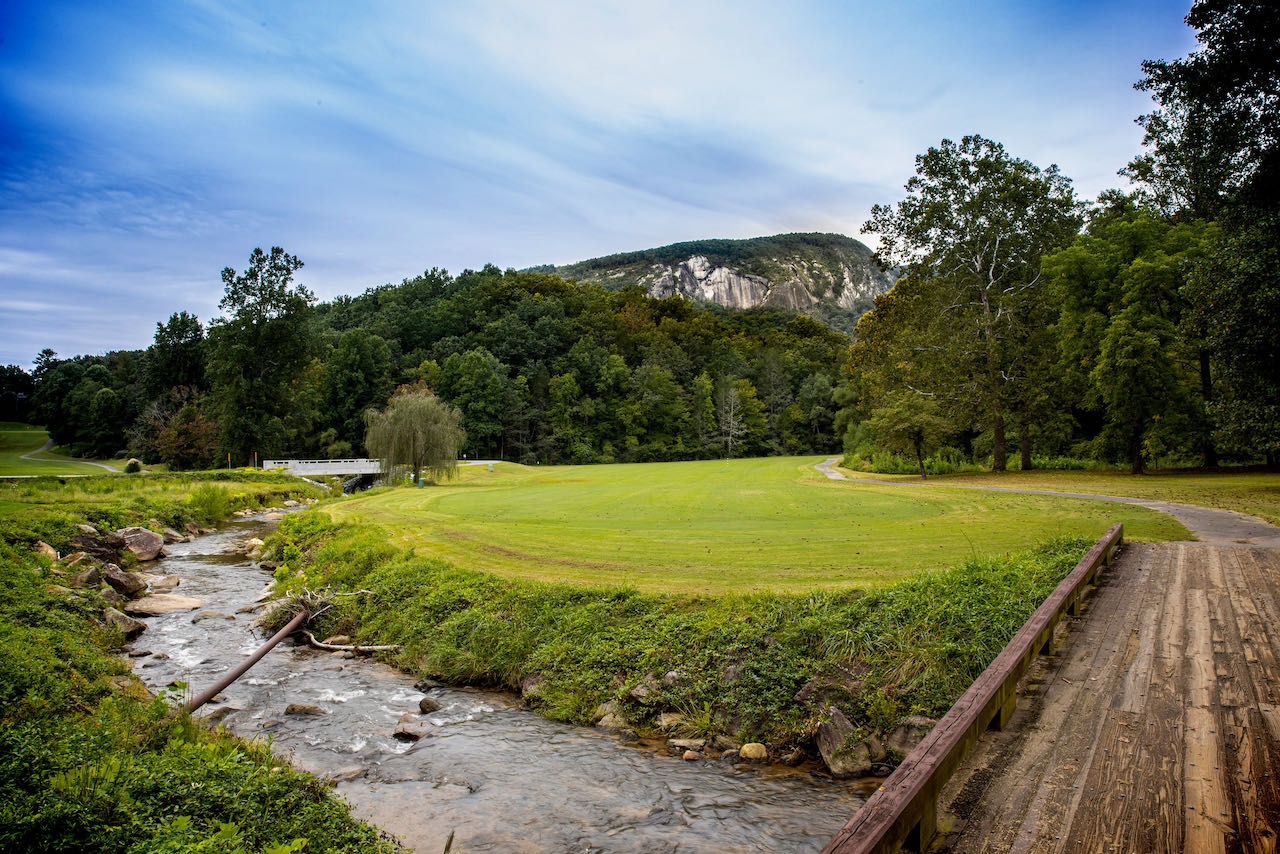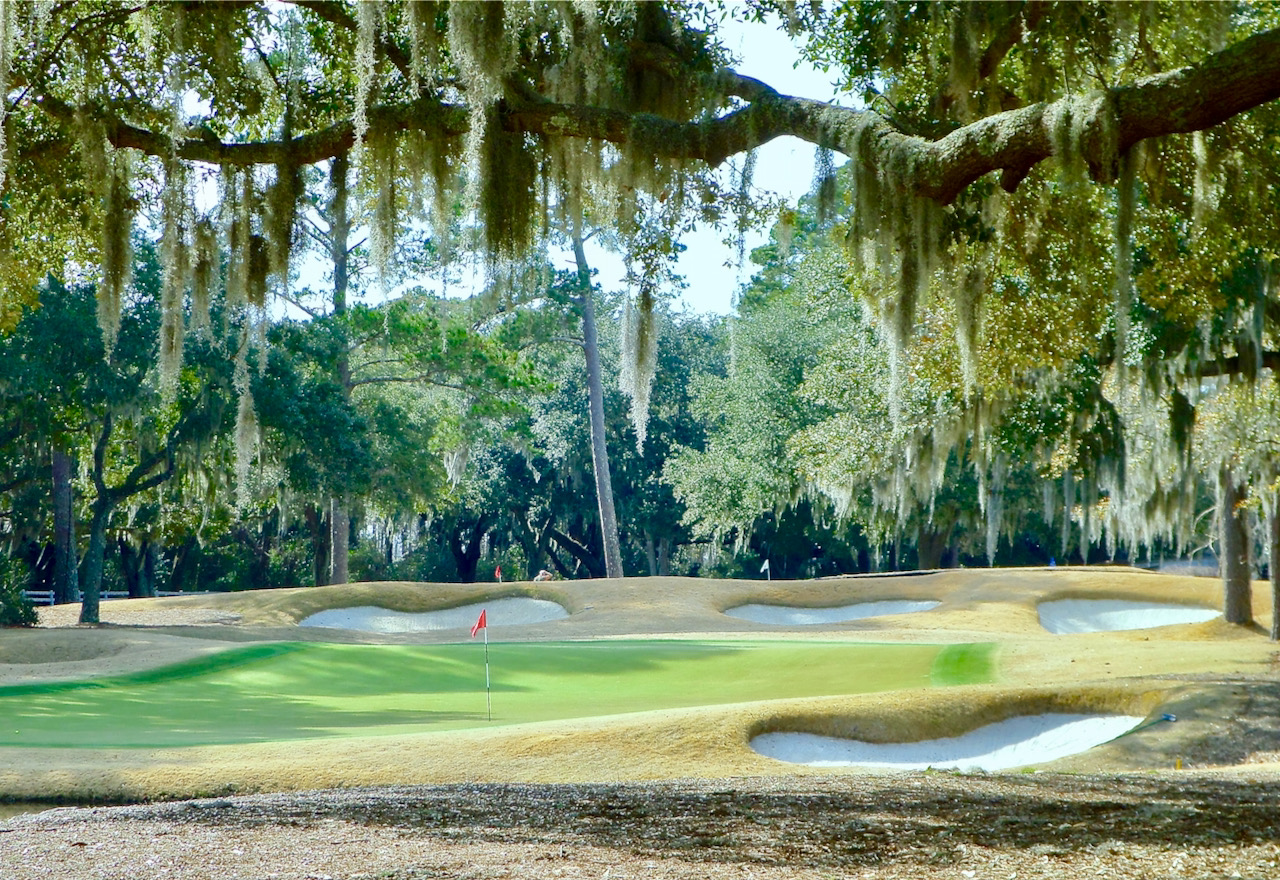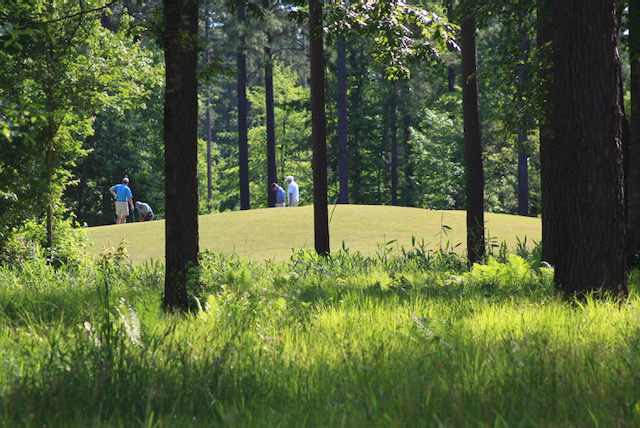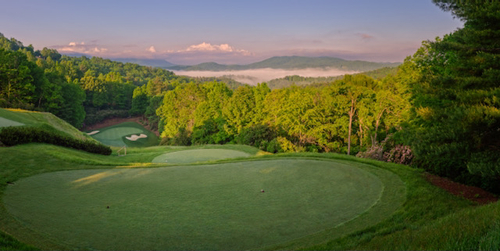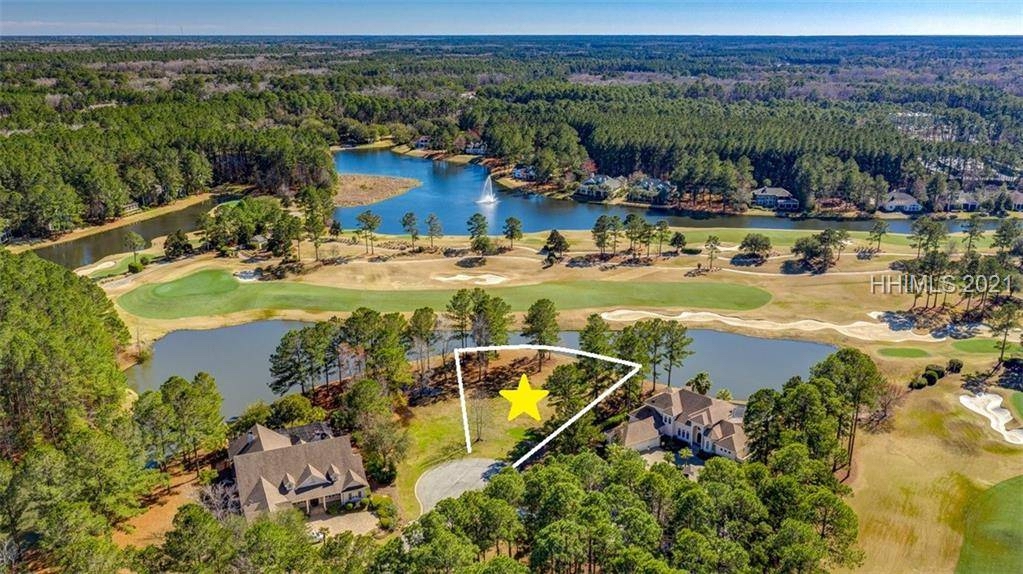One of the impediments to a successful journey through and out of bankruptcy proceedings for the Cliffs Communities has been the hulking presence of the real estate development and investment company known as Urbana, which Cliffs Founder Jim Anthony had sued for fraud, claiming Urbana had conspired with a local bank to steal thousands of acres of his land. But that obstacle may have been pushed away when Urbana and Arendale Holdings, an arm of Jacksonville, FL’s Stokes Group, joined forces a couple of months ago. Now that combined entity and Steve and Penny Carlile, the couple who stepped in to save The Cliffs’ legendary amenities from closure, are joining forces to purchase the Cliffs’ real estate, as well as its amenities, including six and a half golf courses (the “half” being the Gary Player design for Mountain Park, which could be open as early as late this year).
The bankruptcy court and trustee assigned to the Cliffs’ case will make the final decision on ownership, but the sketchy outline of a plan in the group’s March 23 press release seems to have Cliffs members, at least, breathing a collective sigh of relief (we’ve corresponded with a few in recent days). Beyond the usual corporate gobbledygook of the release -– e.g. “seamless club management and real estate solution” –- the group, which
A new Cliffs membership plan could cluster its golf courses into separate member plans.
is calling itself The Cliffs Partnership, points to its financial strength; its “control” (presumably through Urbana’s contested holdings) of 70% of the undeveloped lots in the communities; and an as yet unspecified “attractive membership plan currently under development.” The revised golf membership plan could include a further reduction in fees -– they are down to $75,000 from their highest level of $150,000 just three years ago –- and the clustering of the clubs geographically. Some members and other observers have been predicting that the three Cliffs golf courses along Lake Keowee might be offered as one membership, the courses closer to Greenville as another, and perhaps Cliffs at Walnut Cove, closer to Asheville, NC, as its own separate club. Cliffs golf members have told us they rarely travel to the other clubs that they, nevertheless, pay for; in splitting the memberships up by club cluster, the new owners would likely offer a lower-priced initiation fee and monthly dues, making the purchase of all those remaining lots more attractive. I’m pretty sure that those few wandering Cliffs members would have access to the other courses, but for a modest fee.
Sales of lots, of course, are key to reinvigorating the golf clubs because they are the source of new members. If the Partnership does inherit the earth at the Cliffs, they will have to configure a more rational approach to club membership. They could start by abolishing any vestiges of the requirement that ties club membership to a property rather than to the individual. In Jim Anthony’s conception, if you declined membership
No reference is made to the Tiger Woods course. The potential owners should ignore it for awhile.
when you bought your property, you would never be permitted to join -– unless you purchased another lot and attached membership to it. Such plans, used in a few other golf communities, are a relic of the glory days of the leisure residential market but are virtually unsellable to today’s more cautious and conservative buyer. To attract the important second-home buyer, especially those out of Atlanta (just a few hours away), the Cliffs Partnership might also consider establishing a “legacy” membership like the one installed by their neighbors on Lake Keowee, The Reserve. That innovative plan grants all the privileges of membership to direct family members –- parents, grandparents, children and grandchildren. It is an effective way to encourage additional revenue from the food-eating, cart-using, pro-shop-merchandise-purchasing family members and their guests, and to not only attract new members but also to retain them.
One thing missing from the Partnership’s press release was any mention of Tiger Woods and his design for the struggling High Carolina Cliffs Community, where the Carliles own a plot of land. In their desire to turn the ship around at the Cliffs, that is one anchor The Partnership should pull up and stow away, at least until they have bailed all remaining water from the ship.








